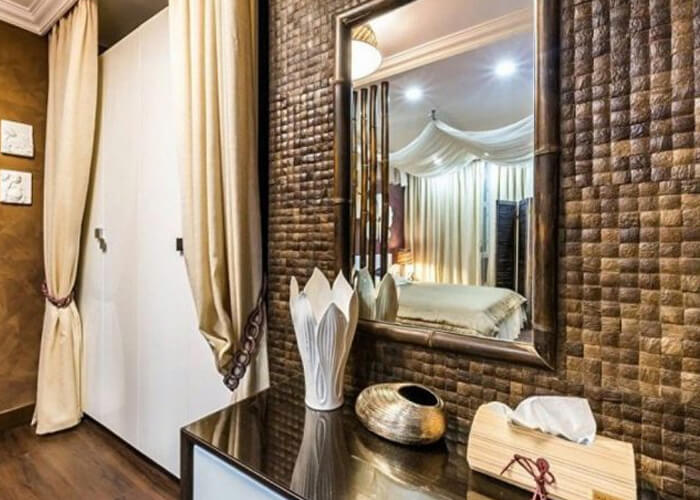Mosaic: Origin and Types
2021.05.13 / By hqt
Origin and Types of Mosaic
Is mosaic art or craft? This question can be answered in two ways. On the one hand, this is an art form, similar to painting, where the author's intention is embodied in a painting, but only by combining small fragments into a common whole. On the other hand, it is a craft aimed at decorating buildings and interiors, based on the special knowledge and skills of a master, aimed at making the interior unique.
What it is?
Mosaic is the art of creating patterns and ornaments from small multi-colored pieces called chips (sometimes chips) from some kind of solid material by arranging them on a plane. From the Italian language, the word "mosaic" is translated as "made of pieces." The most common materials for creating mosaic canvases are natural stone, smalt (multi-colored glass shards), ceramics, wood, metal.
Modern mosaic, which has undergone an impressive transformation over many millennia of development, has become mainly a craft that uses multi-colored mosaic tiles with ready-made drawings and patterns as finishing materials. From such small tiles, either the patterns and designs planned by the manufacturer are formed, or mosaic compositions are formed using multi-colored tiles in accordance with the fantasies of the master or the wishes of the customer.
Mosaic began to be called a finishing material, which is a collection of small rectangular tiles of various colors, from which a floor or wall pattern or drawing is made. Ceramic tiles covered with multi-colored glaze have become widely used for interior decoration.
Such creations are created mainly from smalt (multi-colored glass pieces), stones, both artificial and natural. Moreover, the materials used in the compositions are combined with each other, creating the effect of the play of light and shadow. There are frequent individual orders for exclusive mosaics for interior decoration of premises using non-traditional materials, as well as precious stones and metals.
Modern designers practice room decoration by creating floor and wall mosaic canvases made of natural stone and mosaic tiles from expensive wood species, covered with a fireproof and moisture-proof transparent shell. At the same time, the natural structure of stone and wood is emphasized, sometimes separated by inserts of metal and bone. The design of any room, made in this way, looks discreet, but luxurious.
The technique of laying out mosaics is actively used in the decoration of modern buildings, both outside and inside. Floor and wall mosaic tiles, covered with bright glaze, give a unique flavor and sophistication to any interior.

Varieties
The beauty of mosaic coverings is successfully combined with their reliability due to the absolute moisture resistance and durability of the cover. Therefore, mosaic is used as a facing material for facade decoration of buildings, as well as for decoration of rooms with high humidity.
Facade cladding by means of mosaic coatings makes it possible to successfully camouflage flaws and cracks.
For facade decoration, as well as for decorating walls inside a room, methods and features are often used that are guided by the classical art school of mosaic. It is characterized by the execution of paintings and various patterns using traditional materials: smalt, wood, bone, metal, natural stones - onyx, travertine, marble.
For floor coverings, methods typical of the modern Venetian mosaic "terrazzo" are often used. It is a cement mixture with stone chips and broken bottle glass, to which fragments of granite and marble are added. After hardening, a very hard, waterproof surface with a mosaic pattern is obtained, which must be polished.
By style, the mosaic is divided into many ornaments and patterns. If pattern dominates in European culture, patterns with bright saturated colors, flowers and geometric shapes prevail in oriental mosaics.
More and more people want to equip bathrooms, swimming pools and kitchens with Turkish and Moroccan mosaics.
Along with the time-tested types of mosaics, mosaic tiles have appeared, in the manufacture of which new digital technologies are used. They allow you to make mosaic tiles with a 3D effect, which recreates the effect of three-dimensionality. This property can be interpreted both in the concavity of the space, which makes it possible to visually expand the room, and in the convexity, as if bringing the parts of the mosaic pattern closer, reviving it. 3D mosaic makes compositions more realistic than traditional mosaics.
Mosaics are classified according to the type of materials used and the type of installation.
By the type of materials used:
- Glass;
- Stone;
- Smalt;
- Ceramic;
- Others.
According to the method of laying the mosaic canvas, the following types can be distinguished:
- Parquetry;
- Marquetry;
- Inlay;
- Block mosaic.

